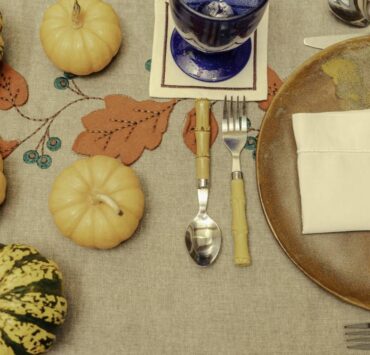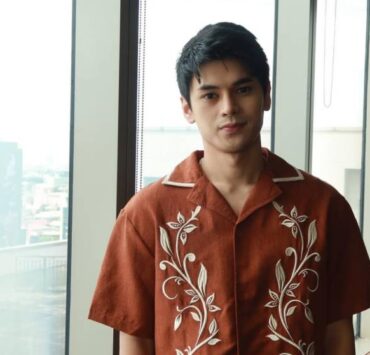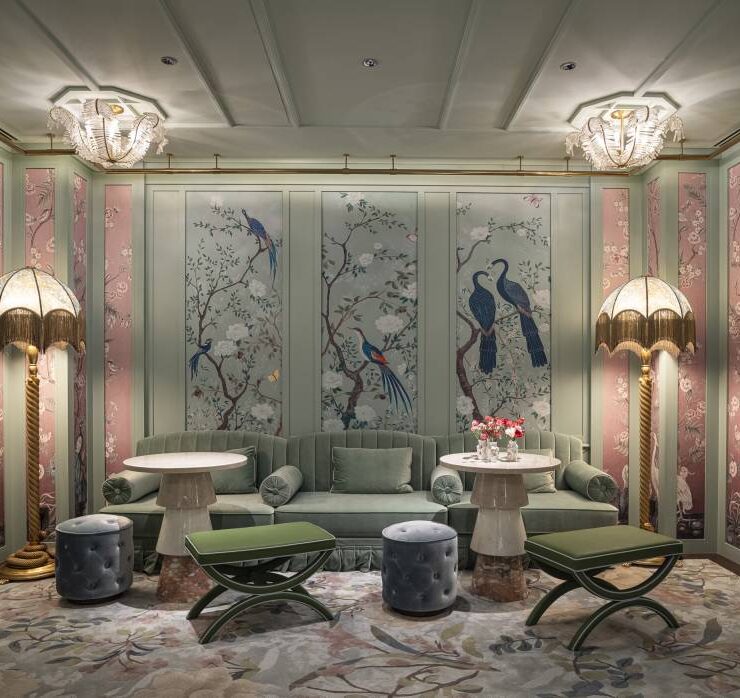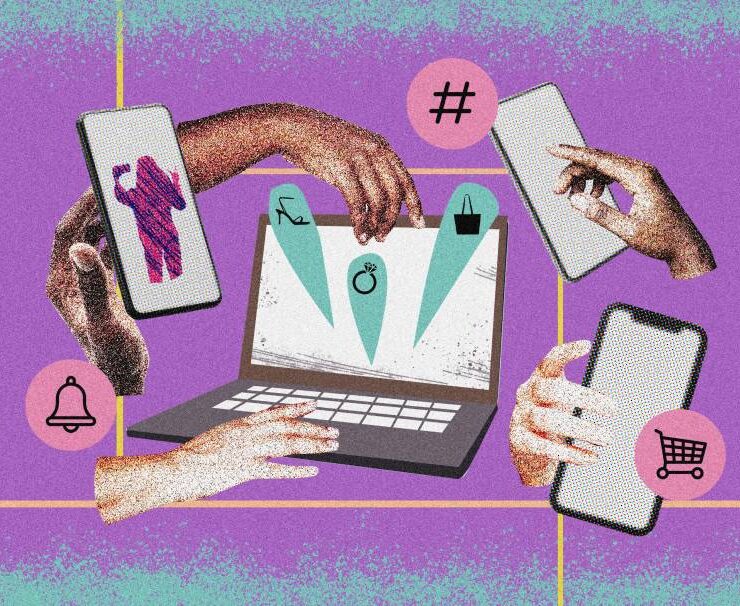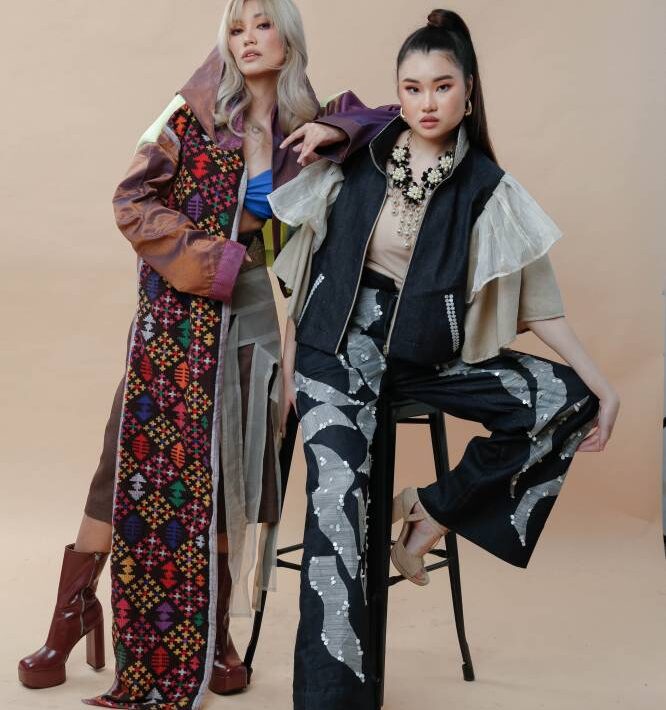Are books now more aspirational than inspirational?
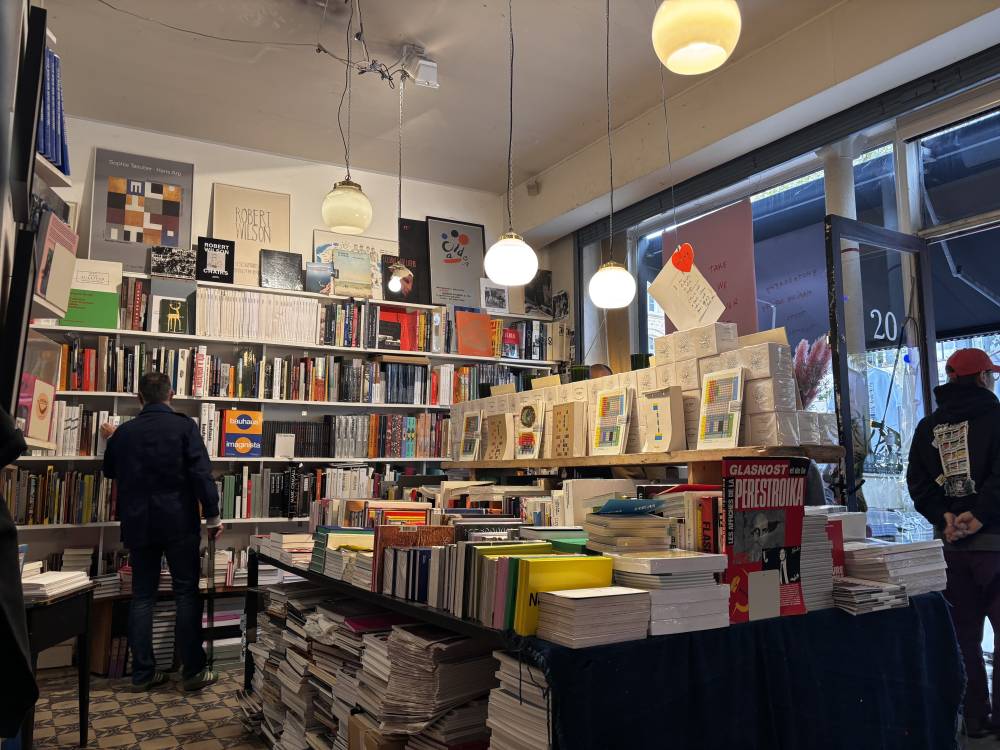
Are books sexy again? Well, they always will be, at least a little. But these days, people seem to be buying books that are more “aspirational” than “inspirational.” But what does that mean, exactly?
Whenever I walk into a bookshop in Manila, I can’t help but notice how most aisles are lined with office supplies, while the bestseller shelves are dominated by mental health and self-help titles. My favorite section, fiction, seems to be shrinking, although it’s comforting to see that many Asian, diaspora, and LGBTQIA+ fiction authors are rising. And then, there’s the current “smutty fantasy” wave, like “A Court of Thorns and Roses” and its gold-spined cousins.
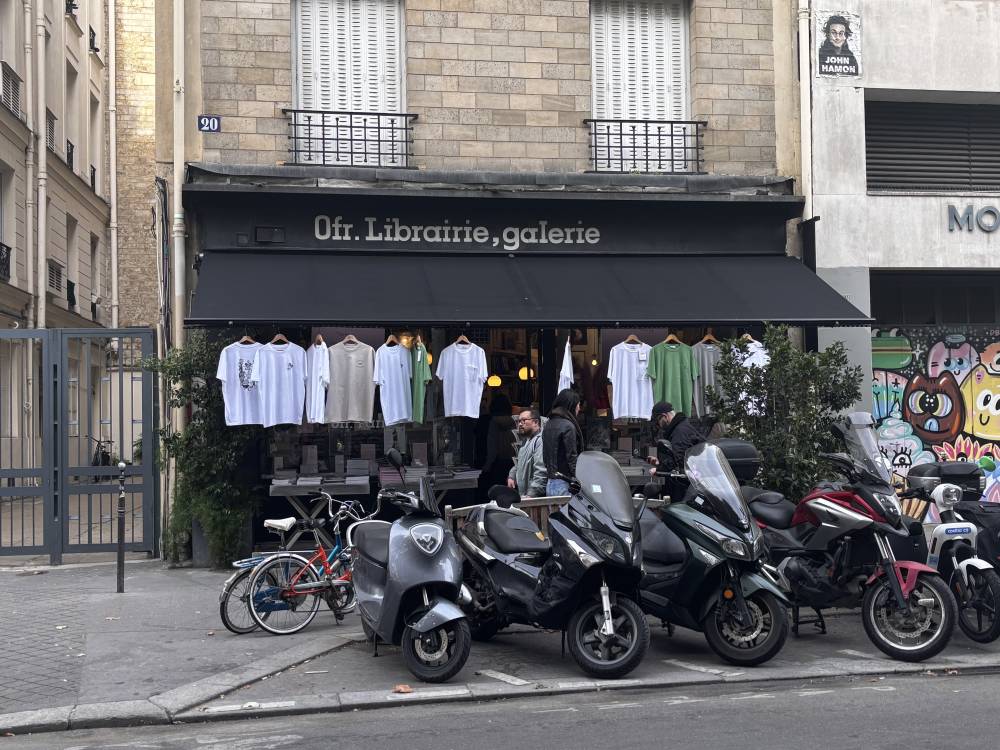
It feels like books are back in fashion, but not necessarily for reading. I see more of them now on coffee tables and in Instagram posts, chosen for their attractive covers and clever titles. I too am guilty of posting new book purchases because they look cute, too. Lately, it seems as if reading has become less for learning, and more for signaling taste—as accessories, extensions of self, or style statements.
When I went on my honeymoon in Paris, our editor Ria Prieto had only one assignment for me: Find Ofr. Bookshop in Le Marais, and get inspired. I could only fit a single copy of Apartamento magazine in my luggage (and budget), but the rest stayed with me as a wish list—beautiful objects of paper and ink I’m still thinking about. Here are a few of them.
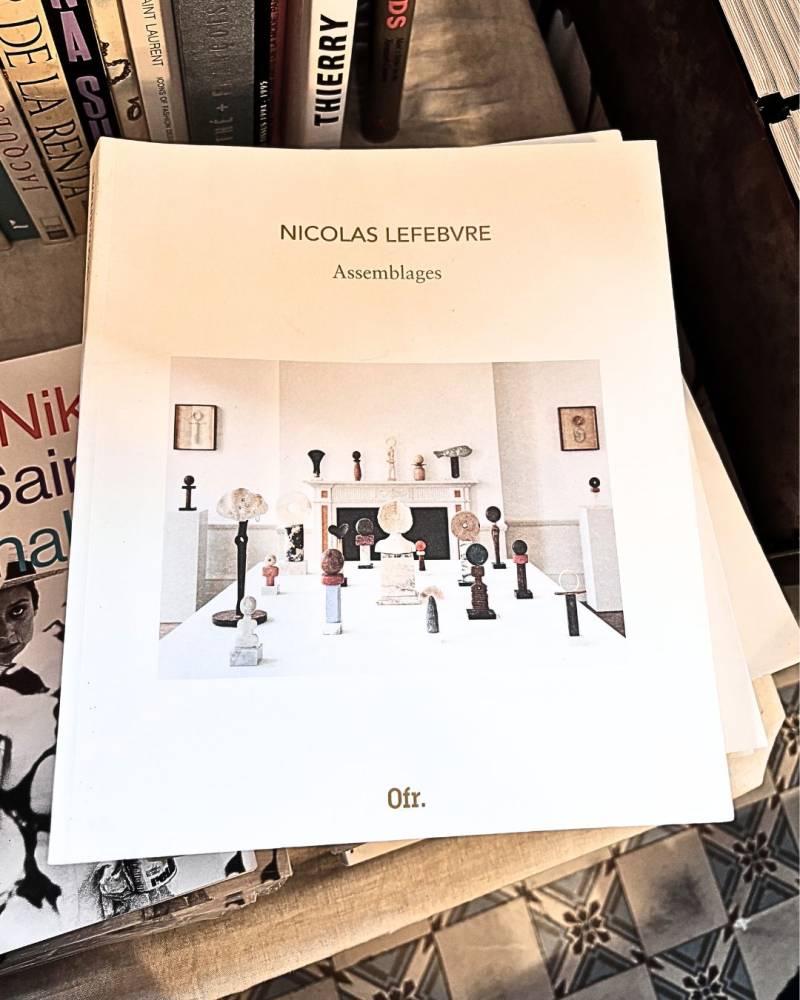
“Assemblages” by artist Nicolas Lefebvre
Many of the books at Ofr. feature catalogs from past art shows. This particular one, printed in 2024, showcases sculptures by French artist Nicolas Lefebvre, simply titled “Assemblages.”
His sculptures are striking in the way that they are earthy yet surreal, archaic and futuristic, all at once. Flicking through the pages, you’ll find rough textures that echo the soil and ancient symbols like the Egyptian Eye of Horus. His arrangements of curves and crevices are simple yet sensuous, and even through the pages, feel magnetic.
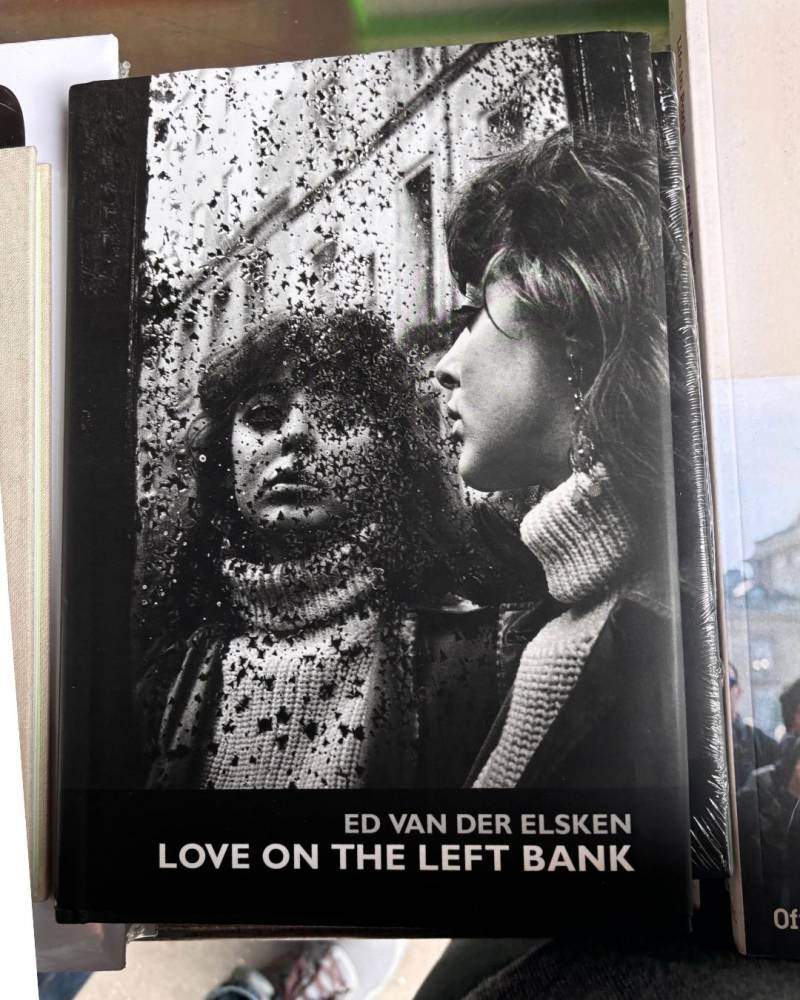
“Love on the Left Bank” by Ed van der Elske
Out of print since 1954, “Love on the Left Bank” was reprinted in 2011. Through evocative black-and-white photos, readers follow the fictional Ann, a bohemian in post-war Paris. We see her in ecstasy at mad parties, locked in kisses, asleep on park benches, or dining on a measly half a loaf of bread. Many of her companions are writing, painting, or dancing. All the images convey the carefree rebellion of impoverished youth culture in Europe, with scenes just as romantic today, 70 years after its first publishing date.
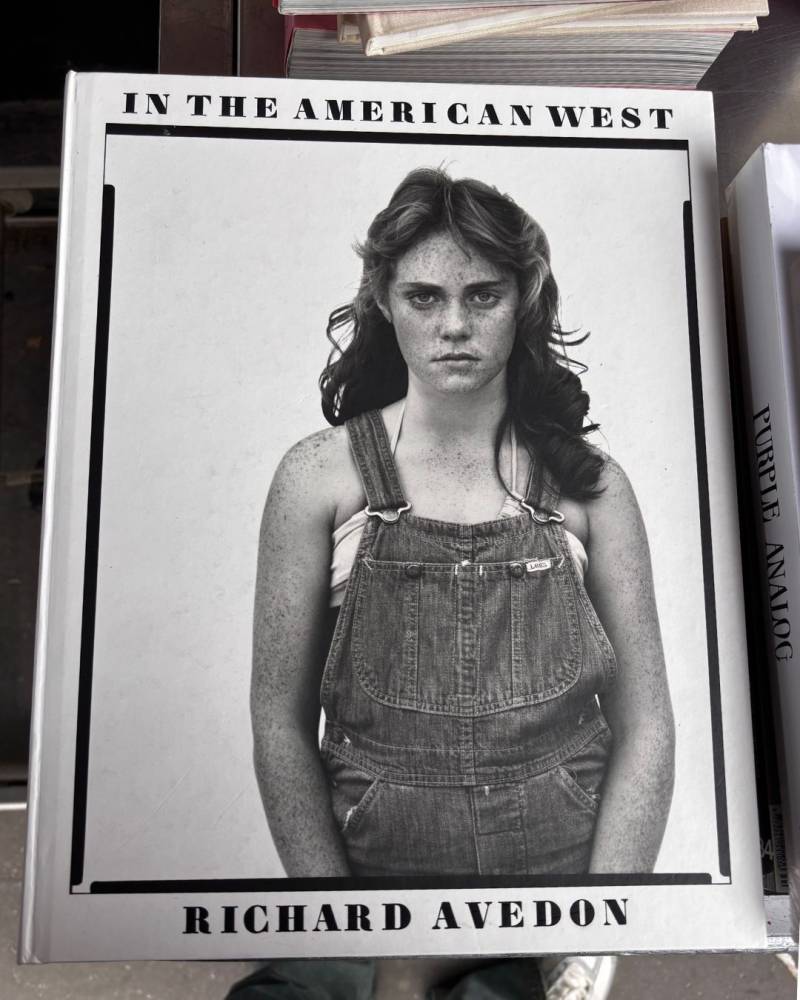
“In the American West” by Richard Avedon
Count me in for anything by Richard Avedon. In 1979, the legendary photographer conducted 752 sittings across 189 towns in 17 states, from Kansas to Montana, New Mexico to Oregon, South Dakota, Utah, Texas, Wyoming, and even up to Canada.
Instead of models, Avedon shot everyday people in the Wild West, many going through hard times. From men with missing teeth to many shirtless or in raggedy clothes, his large-format portraits on stark white backgrounds highlight the sweat and grit under an undeniably honest lens.
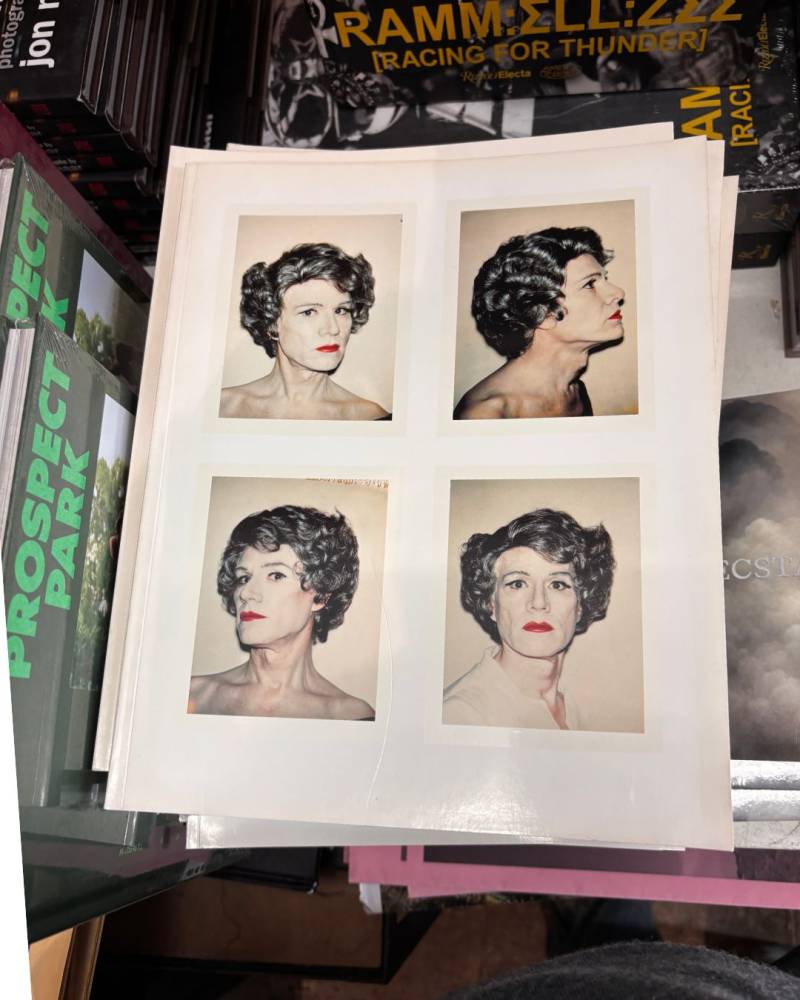
“Andy Warhol: Polaroids 1971–1986”
The king of pop art turned his instant camera on everyone, from Bianca Jagger to Jean-Michel Basquiat. This catalog, published by Berlin’s Galerie Bastian in 2016, compiles Polaroids from the Warhol Foundation.
We see portraits and still lifes of the unapologetic community in New York during the ’70s and ’80s, many taken at The Factory. The best part about Polaroids is that they capture a moment that can’t be edited through a filter or an app, and in Warhol’s case, we see the reality of these messy icons, intimate and unfiltered.
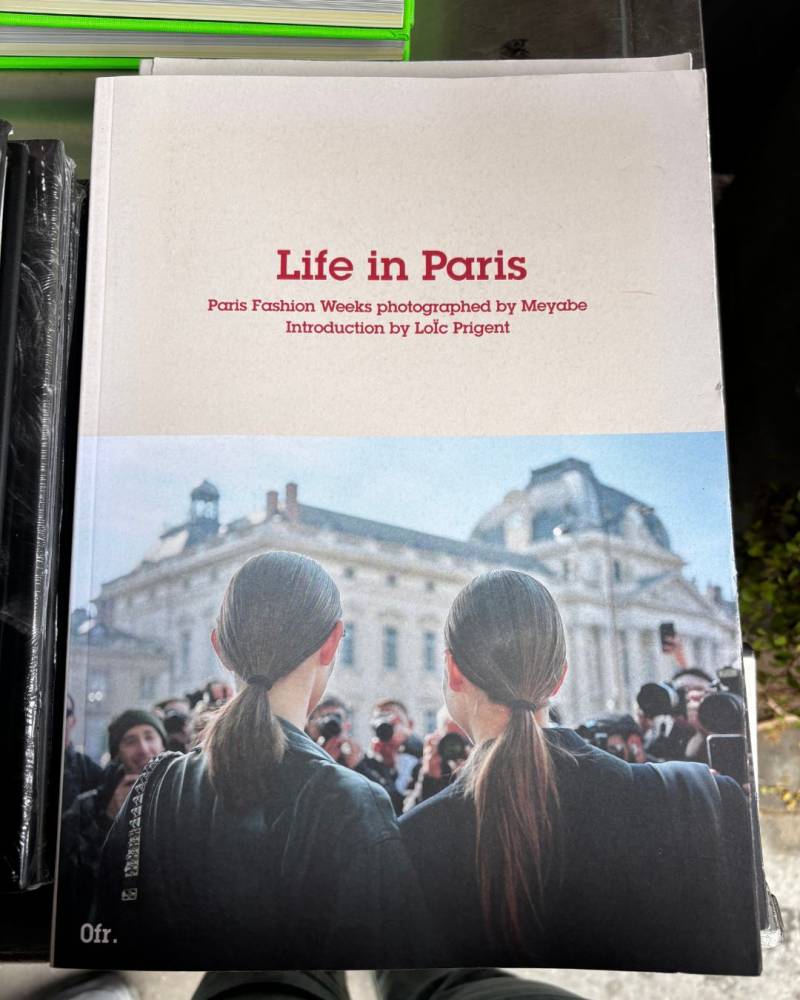
“Life in Paris” photographed by Meyabe
Self-taught French photographer Meyabe is well recognized for his cinematic style in street photography and the fashion industry. This second edition of “Life in Paris” offers a sneak peek into the contained, highly exclusive worlds of Paris Fashion Week, documenting six seasons from 2022 to 2023.
The photos are actually quite simple and not so fashion-heavy. There are images of models off-duty, but looking quite normal, as fashionistas descend the subway steps. He also zooms in on details of a coat or the back of a bald head in a crowd at a fashion show. Perhaps, through this book, he’s showing a more down-to-earth side to fashion week, making a statement on a more genuine “life in Paris.”
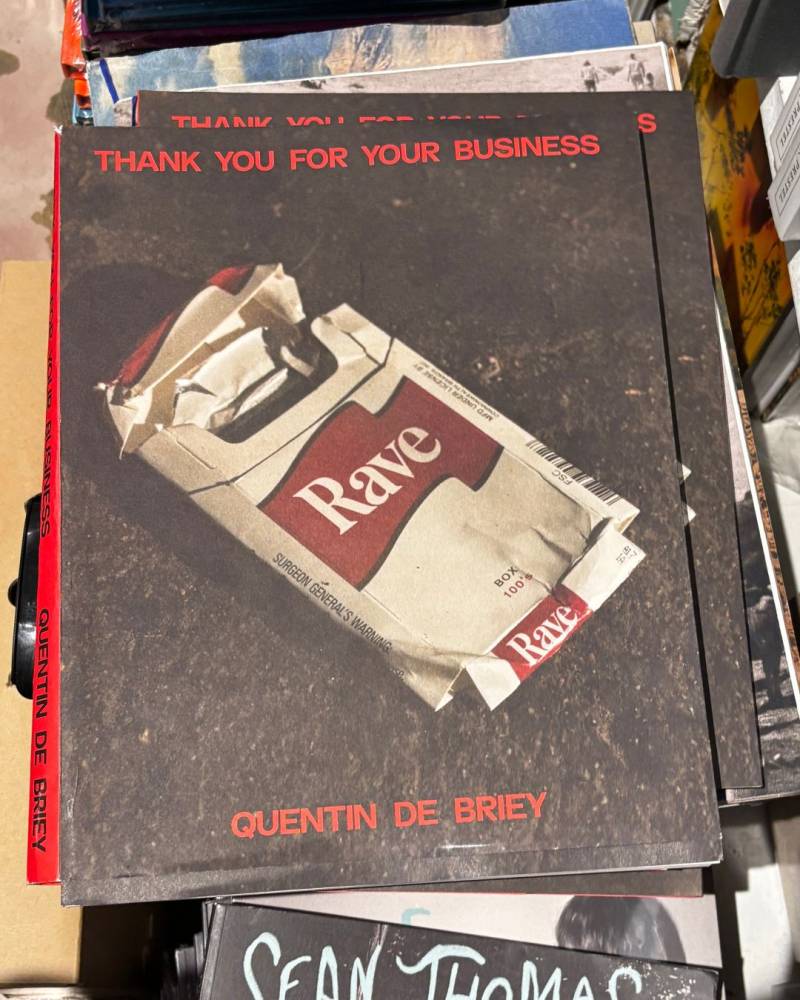
“Thank you for your business” by Quentin de Briey
With a cover showing a photograph of a cigarette pack reading out the words “Rave,” this is the fifth book in Quentin de Briey’s series, as the photographer continues to encapsulate the subcultures of New York.
Printed in Italy, the softcover mixes black-and-white and color images, largely of the streets, but actually tamer than the cover suggests. The pages show skateboarders and his own friends mixed with editorial shoots. Interestingly, the Belgian-born, Paris-based photographer also released “Mabuhay,” a book compiling images of familiar scenes from the Philippines.
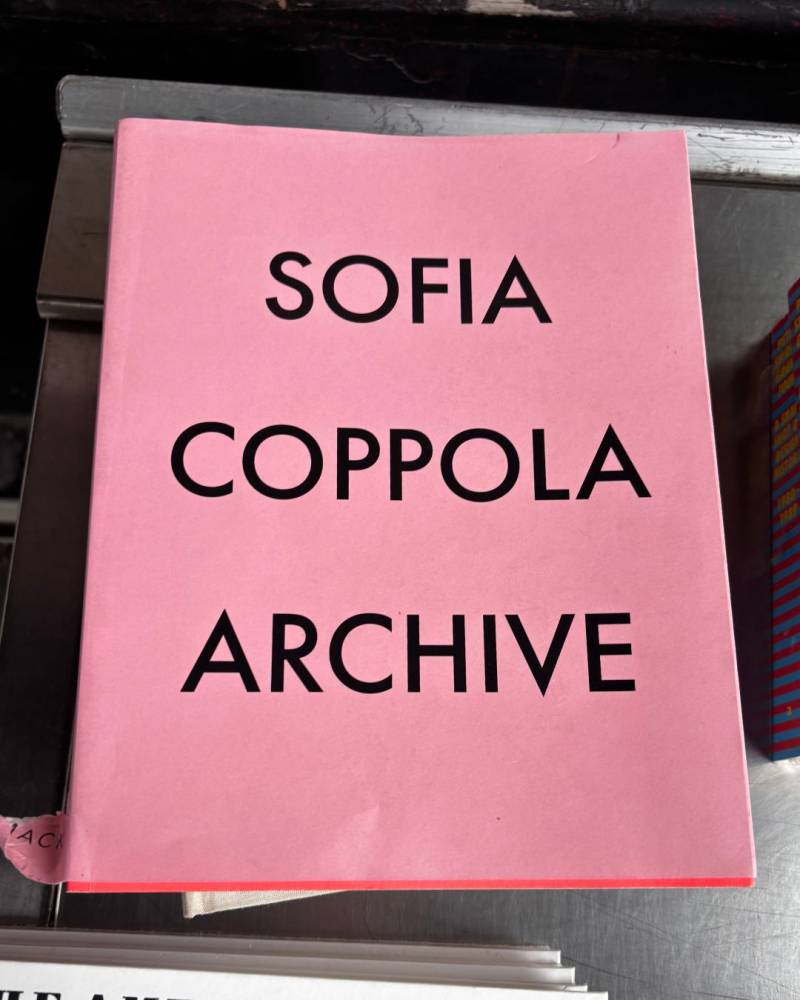
“Sofia Coppola Archive, 1999–2023”
If there’s something about Sofia Coppola’s films, it’s that they convey the bourgeois’ plight of ennui—echoing her own personal experience as a nepo baby—but done with impeccable aesthetics and cinematography.
Unlike the languid pace of her films, this book is comprehensive and shows the hard work that went into her eight films, from “The Virgin Suicides” (1999), “Lost in Translation” (2003), and “Marie Antoinette” (2006) to “The Beguiled” (2017) and “Priscilla” (2023). The pages document her early work, filled with collages of her film references, annotated scripts as well as interviews and behind-the-scenes documentation.
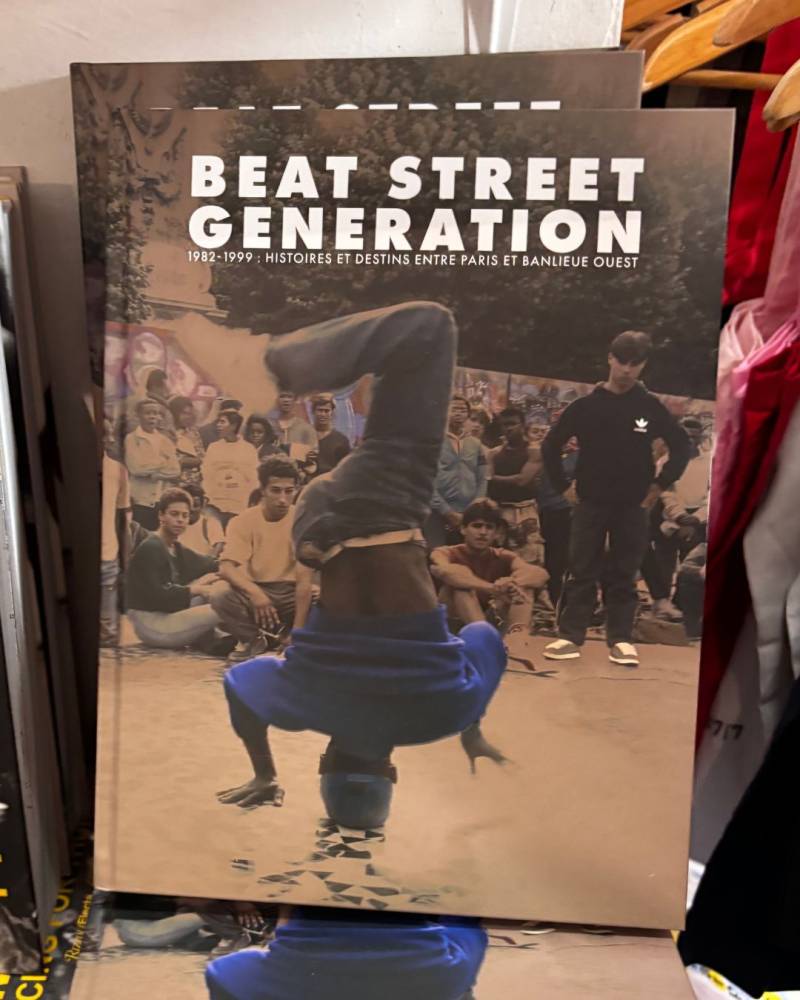
“The Beat Street Generation”
There was America’s “Beat Generation” (Allen Ginsberg, Jack Kerouac, and William S. Burroughs), and now, these French publishers have coined the term “The Beat Street Generation.” Ever heard of Afrika Bambaataa’s Zulu Nation? It was a movement that promoted hip-hop culture without the violence, fostering creativity and community instead. This book captures that.
Documenting the indomitable spirit of hip-hop between Paris and the Western suburbs from the ’80s and ’90s, the 373-page book, written in French, immerses into the world of dance, hip-hop, and graffiti through narrative, archival footage, interviews, and music transformed into descriptive written fashion.
And of course, it comes with striking, rare photographs that capture the movement and dynamism of the Zulu Nation.
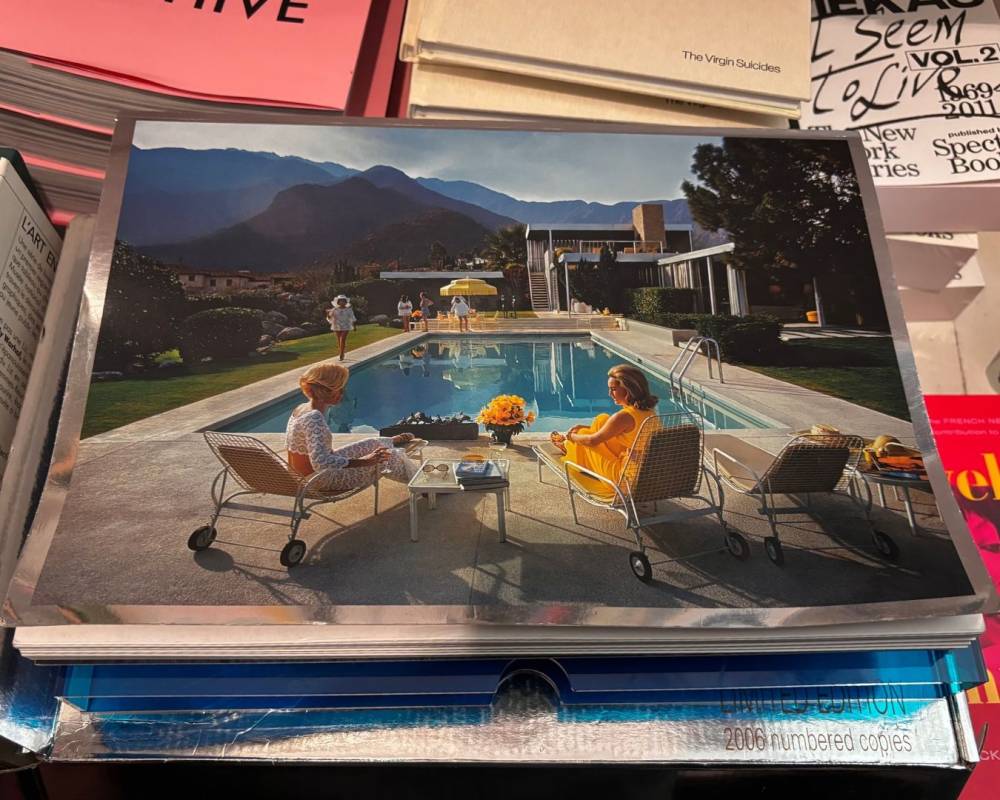
A Slim Aarons photobook
What can get more “aspirational” than the photographs of Slim Aarons? Featuring the white, the wealthy, and the privileged, it can’t be denied that the jetset in the 1950s and 1960s made for glamorous ops.
In this photobook of Aarons, we see them lounging by crystal clear blue seas and swimming pools in this limited-edition photobook by YellowKorner, with only 2,000 numbered copies worldwide.
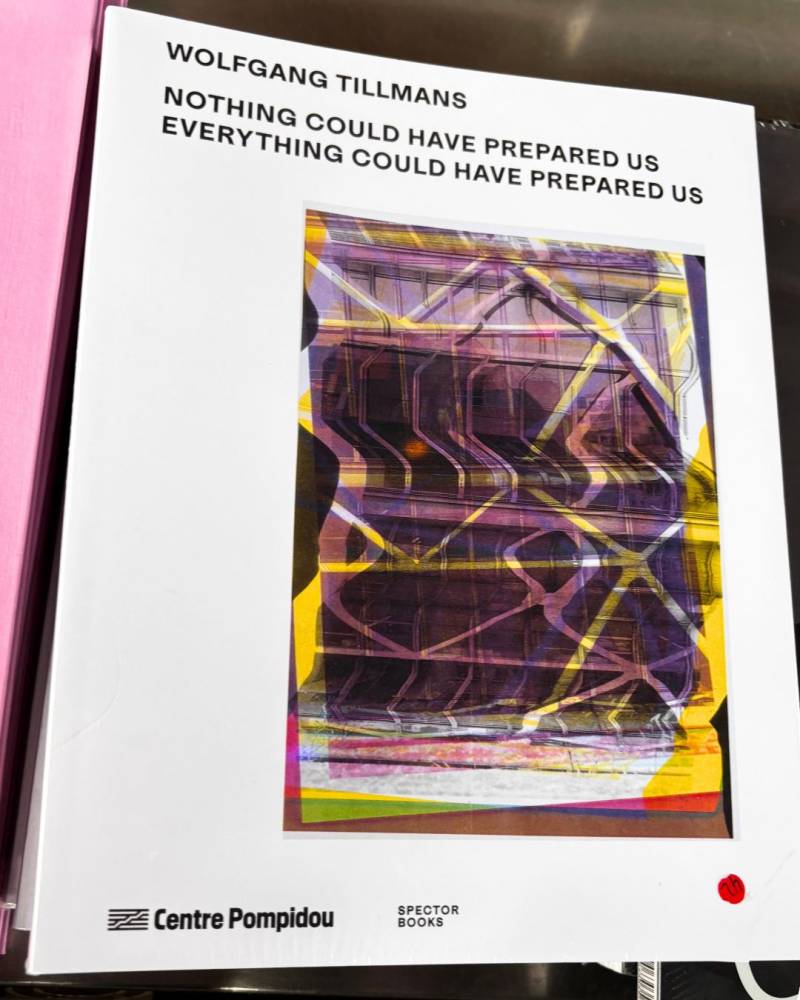
Aspiration versus inspiration
So what does it mean for books to be aspirational rather than inspirational? Maybe it doesn’t have to be one or the other. Books can often be both, with stories you can look up to and feel seen by.
From nostalgic photobooks and chaotic coffee table tomes to photos and essays that both document and romanticize hip-hop, raves, and bohemian Paris—at Ofr. Bookshop, these undeniably sexy titles prove that books can be both. Aspirational and inspirational, for admiration and education, while still very beautiful to leaf through.














